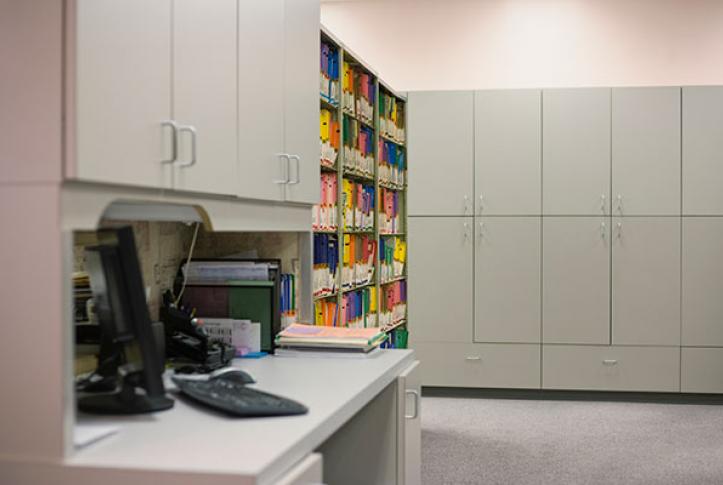The coronavirus pandemic has substantially disrupted the outpatient practices where millions of Americans get their health care.
In April, and again in May, the Commonwealth Fund collaborated with researchers at Harvard University and Phreesia, a health care technology company, to report on real-time trends in visits to outpatient offices. We now have updated those trends through June 20th, based on a large and diverse set of outpatient practices in all 50 states. These practices use the Phreesia technology platform to manage parts of their daily workflow, including registration, insurance verification, patient questionnaires, patient-reported outcomes, and payments.
As reported previously, we saw a nearly 60 percent decline in outpatient visits in March. This occurred in all regions of the U.S., in all ambulatory care specialties, and with patients of all ages. The emerging rebound that began in early May has continued but visits are still below precrisis levels.
While practices have expanded their use of telemedicine from a very low baseline of less than 1 percent of visits to double digits, the growth of telemedicine has plateaued and accounts for a relatively minor fraction of all ambulatory visits.
An accompanying feature, diving beneath the numbers, describes practices that have not returned to the precrisis normal, even as outpatient visits are ticking up. After several months of lost visits and revenue, practices are still recovering from closed sites, staff layoffs, and furloughs while trying to assist patients to obtain care that had been delayed.
There are numerous implications for U.S. health care, including:
- The health of Americans is at risk because of reduced access to services. Childhood vaccines have been delayed; visits to pediatric practices remain 34 percent below precrisis levels. Patients with chronic conditions may have missed out on timely diagnoses, lab testing, and adjustments to medications that prevent worsening health. That said, visits for elderly patients and Medicare beneficiaries — traditionally the population with greatest health needs — appear to have rebounded more than for other patients.
- Practices are dealing with new and unusual challenges. Most are adapting to new safety protocols and workflows to protect both patients and staff from infection. They also are spending more time educating patients about COVID-19, managing fear and anxiety, and helping them to cope with the emotional stresses of lost livelihoods, restricted social activities, and isolation.
- Most outpatient practices still face substantial financial challenges. Most rely on fee-for-service payments, meaning that the decline in visits caused a direct hit to operating revenue. Even as visits increase, practices are still coping with a three-month loss of revenue that the majority will be unable to recover. Many will have no choice but to cut back on staff and operations just when patient demands are increasing. Those that serve traditionally underserved patient populations may face a precarious future.
- No region of the country has returned to precrisis visit levels, although states in the middle of the country have come closer than those hit hardest by the pandemic (New England, the Mid-Atlantic, and Pacific regions) which remain 20 percent below the precrisis baseline.
- Telemedicine volume grew initially but plateaued, suggesting that practices and patients may be reluctant or may still be learning how best to use it. Tracking growth among specialties may be informative. Telemedicine cannot replace all types of visits — for instance, in-person visits are still necessary to diagnose and test certain complex conditions.
The COVID-19 pandemic has disrupted outpatient practices over the past three months, with especially persistent impacts on pediatric, behavioral health, and pulmonary practices. As patients return to care, data and stories suggest that many practices are continuing to recover and adapt. While these results are from a sample of practices accounting for approximately 5 percent of ambulatory visits in the U.S., it seems likely that their experiences are typical, and most practices are facing similar challenges.
Given the precarious state of outpatient care in the wake of the crisis, funding decisions by Medicare, Medicaid, and private insurers are likely to shape the fate of many outpatient practices in the near term, especially if more patients become uninsured. A combination of fearful patients who may be unable to afford care, the need to make necessary but costly modifications to practices, and reductions in fee-for-service revenue may damage the financial well-being of practices, threatening access to care for patients now and perhaps into the future.





